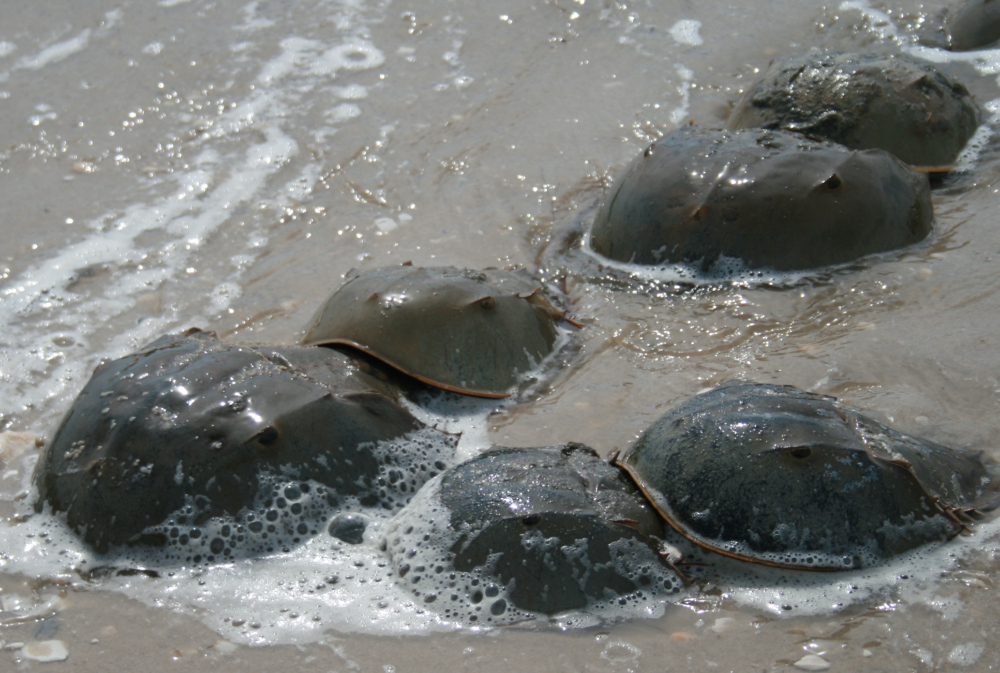Watch for Woolly Bears
For me, fall officially arrives with the appearance of woolly bear caterpillars. These fuzzy black and brown caterpillars are the larva of the Isabella Tiger Moth. During the fall, the caterpillars seek shelter under bark and leaves where they remain protected from winter weather until the spring. Once warmer temperatures arrive, the caterpillar will spin a cocoon, then the adult moth emerges to begin the life cycle once again.
During these mild October days, woolly bears are quite visible crossing roads and you may see them crawling on the ground as you're walking in nearby parks or other natural areas. Many people believe that the width of the brown band can predict the severity of the coming winter, with a wide band indicating a mild winter. This idea came from an informal "study" by C. H. Curran, curator of entomology at AMNH. Beginning in 1948, Dr. Curran and his friends collected caterpillars at Bear Mountain State Park and measured their band widths. After eight years of data collection, he found a very loose correlation between wider bands and milder winter temperatures. Even though Dr. Curran's experiment was all in fun (caterpillar band width is dependent on individual growth and development, not winter temperatures), why not make your own prediction by measuring the bands of as many caterpillars as you see over the coming weeks.
This entry marks the completion of the New York Is Wild! project year. We hope you've enjoyed exploring the invertebrate world of New York City with us and we would love your feedback about your experience. Email us with your comments at programs@amnh.org. Thanks for your participation! Happy exploring!

Woolly Bear Caterpillar/Wiki Images



 "
"












